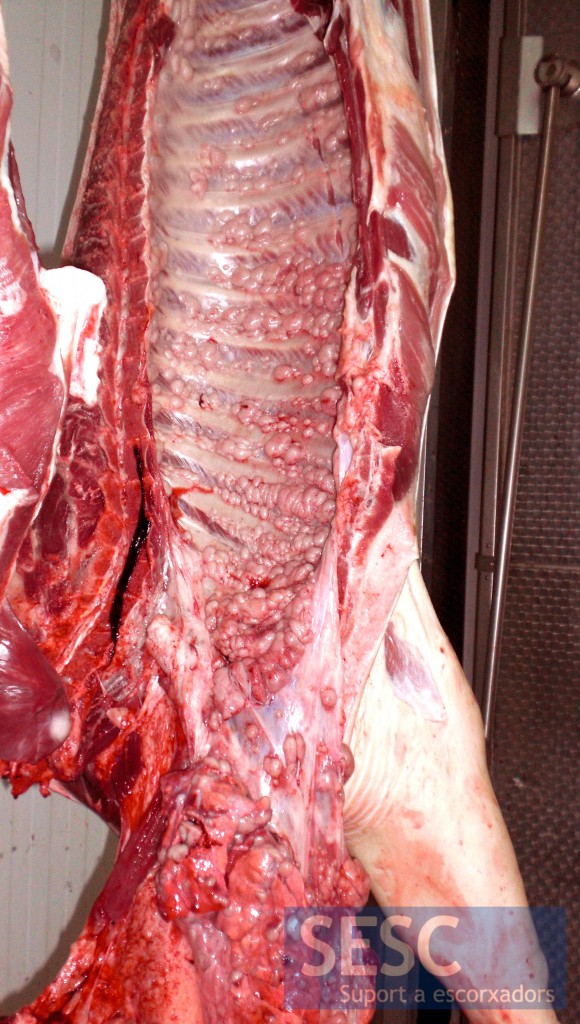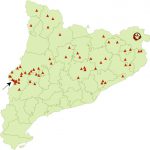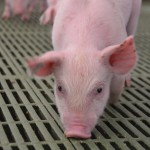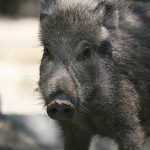From farm to fork, through the slaughterhouse

Animal health is an issue for humans too! Certain diseases, known as zoonoses, can affect both animals and people. Examples of these diseases are tuberculosis, trichinosis or cysticercosis, among others.
To ensure maximum food safety for consumers a series of measures have been established to prevent these zoonoses to infect people through animal origined food. One of the key measures is veterinary inspection in slaughterhouses: official veterinary services not only take care that all operations are carried out under optimal hygienic conditions but also inspect animals before and after slaughter to prevent animals affected by any disease, including zoonoses, to pass into the food chain.
How does CReSA help?
Apart from the research on different zoonotic diseases carried out in CReSA., a Slaughterhouse support network SESC. has been set up for the Catalan Government Department of Health.
From SESC:
- Telematics support for pathoogy diagnosis in slaughterhouses is provided
- Laboratory analyzes to establish a definitive diagnosis is managed when necessary
- A continuing education tool for veterinary inspectors is provided
The most representative cases are published periodically in SESC’s Case Archive Blog. This is an open access forum where veterinary inspectors and other interested professionals can familiarize themselves with the lesion images and their differential diagnoses. They can also participate and discuss cases with SESCs pathologists team, consisting on CReSA researchers and staff of the Faculty of Veterinary Medicine, UAB, especially the Veterinary Pathology Diagnostic Service, SDPV.
Better training of veterinary inspectors translates into better food safety for consumers.














